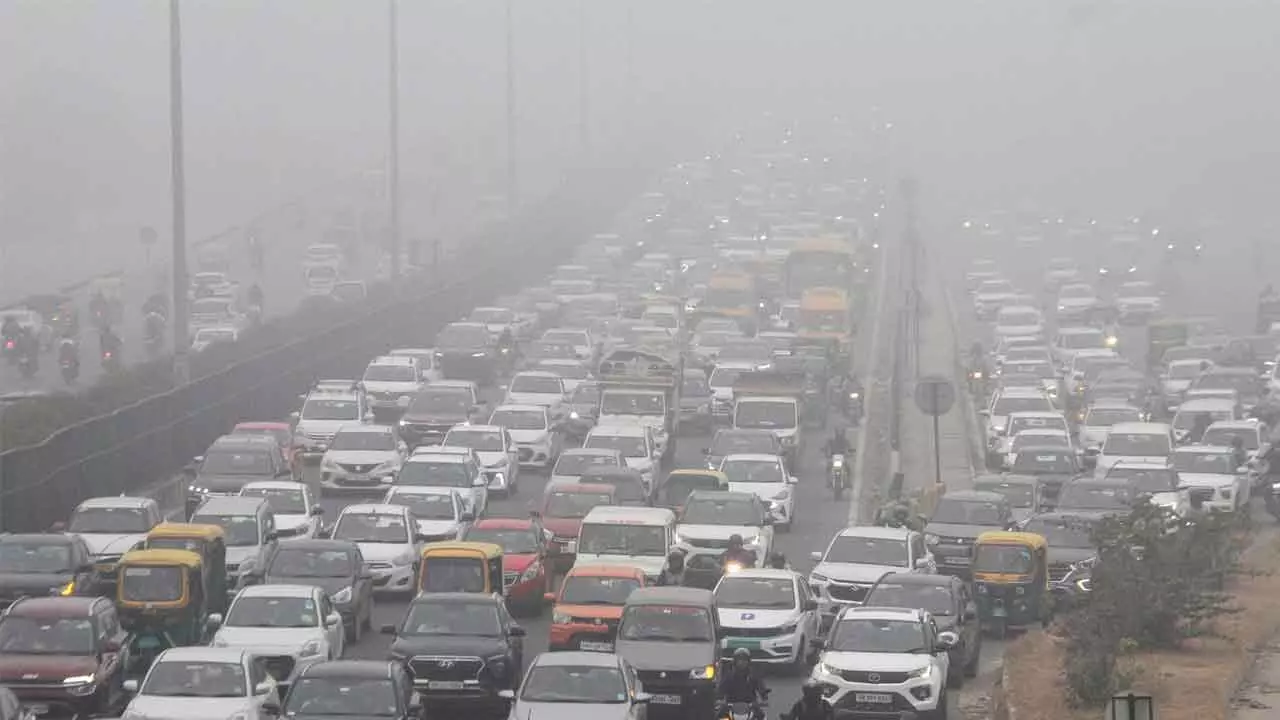No ‘blame game’ over pollution issue: Mann

Chandigarh: Punjab Chief Minister Bhagwant Mann Wednesday said there should be no “blame game” over the pollution issue and stressed that its solution should be found in cooperation with other states.
Stubble burning in Punjab and Haryana is often blamed for the rise in air pollution in Delhi after the paddy harvest in October and November. As the window for the Rabi crop -- wheat -- is very short after paddy harvest, some farmers set their fields on fire to quickly clear off the crop residue for sowing of the next crop. Replying to a question on Punjab being blamed for pollution, Mann said, “It is also the problem of Madhya Pradesh, Uttar Pradesh and Haryana. Its solution has to be found by sitting together.”
Interacting with reporters on the sidelines of an event here, the Punjab chief minister laid emphasis on promoting crop diversification in the state in order to encourage farmers to switch over from paddy to other crops.
He said it should be ensured that farmers get the same earnings from the alternative crops as they make from paddy. “We want crop diversification. What we get per acre from the paddy, we should get the same from other crops like maize, bajra and masoor daal. Paddy is not even a part of our staple diet,” Mann added.
Haryana and Punjab grappled with rising pollution levels on Wednesday, with Bhiwani the worst hit with an AQI of 358.
The Air Quality Index (AQI) of Chandigarh, the joint capital of Punjab and Haryana, was recorded at 355, according to the Central Pollution Control Board’s Sameer app, which provides hourly updates. Among other places in Haryana, the AQI was 336 in Panipat, 322 each in Sonipat and Charkhi Dadri, 313 in Jind, 275 in Rohtak, 273 in Gurugram, 266 in Panchkula, 258 in Bahadurgarh, 248 in Kurukshetra and 242 in Yamunanagar. In Punjab, Mandi Gobindgarh recorded an AQI of 308, Amritsar 270, Patiala 258, Jalandhar 229, Ludhiana 209 and Rupnagar 191.
An AQI between zero and 50 is considered good, 51 and 100 satisfactory, 101 and 200 moderate, 201 and 300 poor, 301 and 400 very poor, 401 and 450 severe and above 450 severe plus. Stubble burning in Punjab and Haryana after harvesting the paddy crop in October and November is often blamed for the rise in air pollution in Delhi. As the window for sowing the Rabi crop, wheat, is very short after paddy harvest, some farmers set their fields on fire to quickly clear the crop residue.


